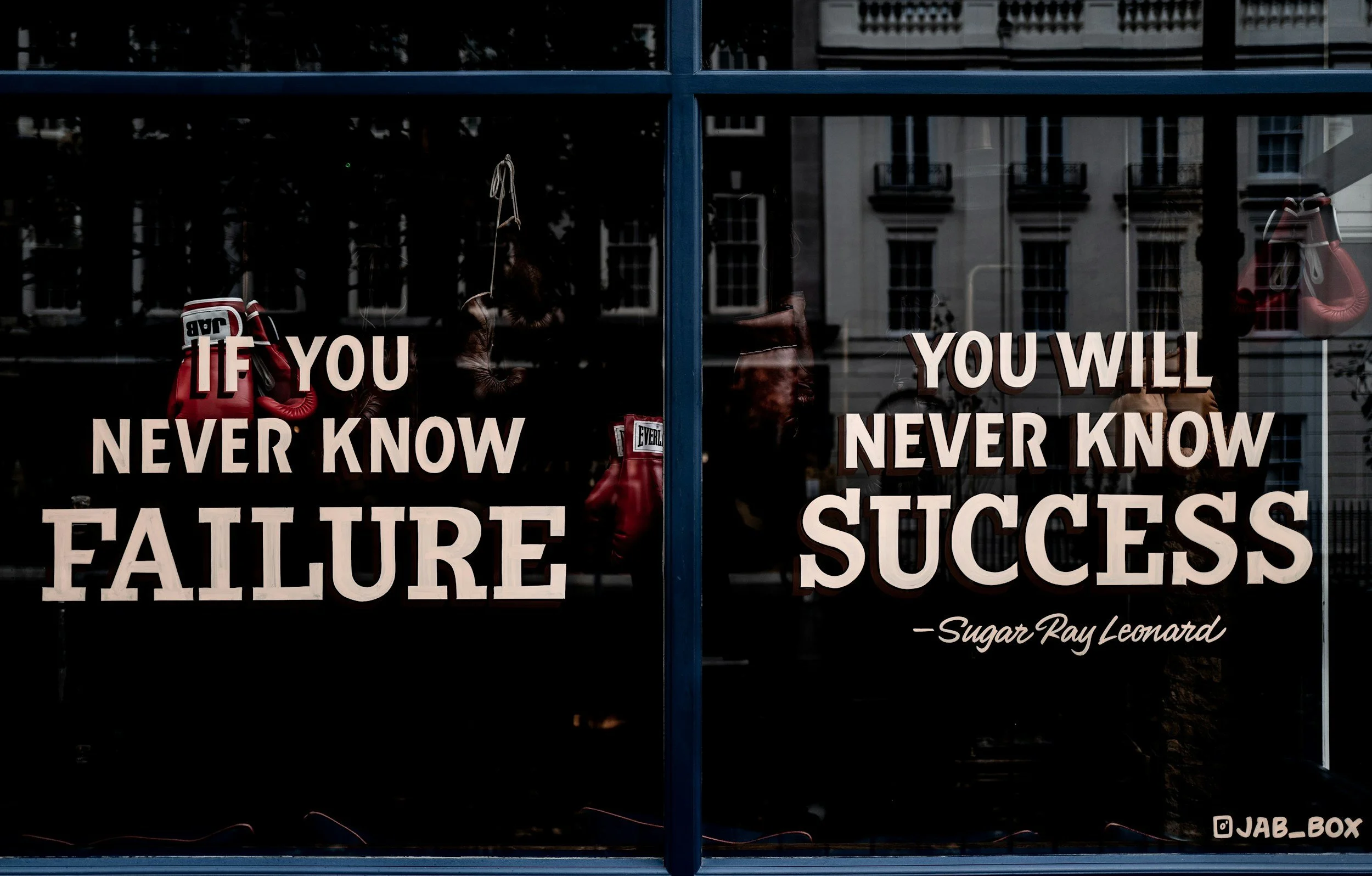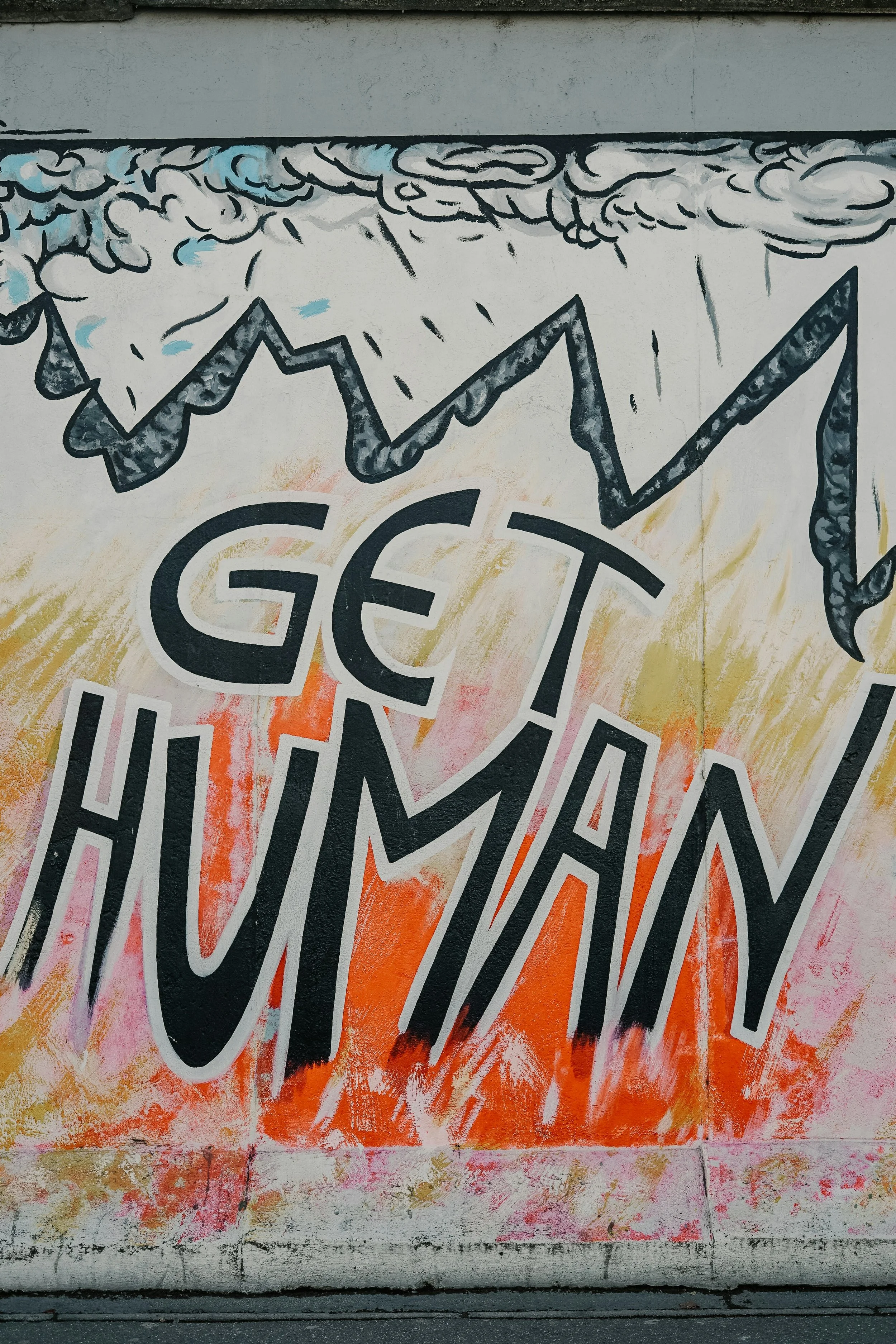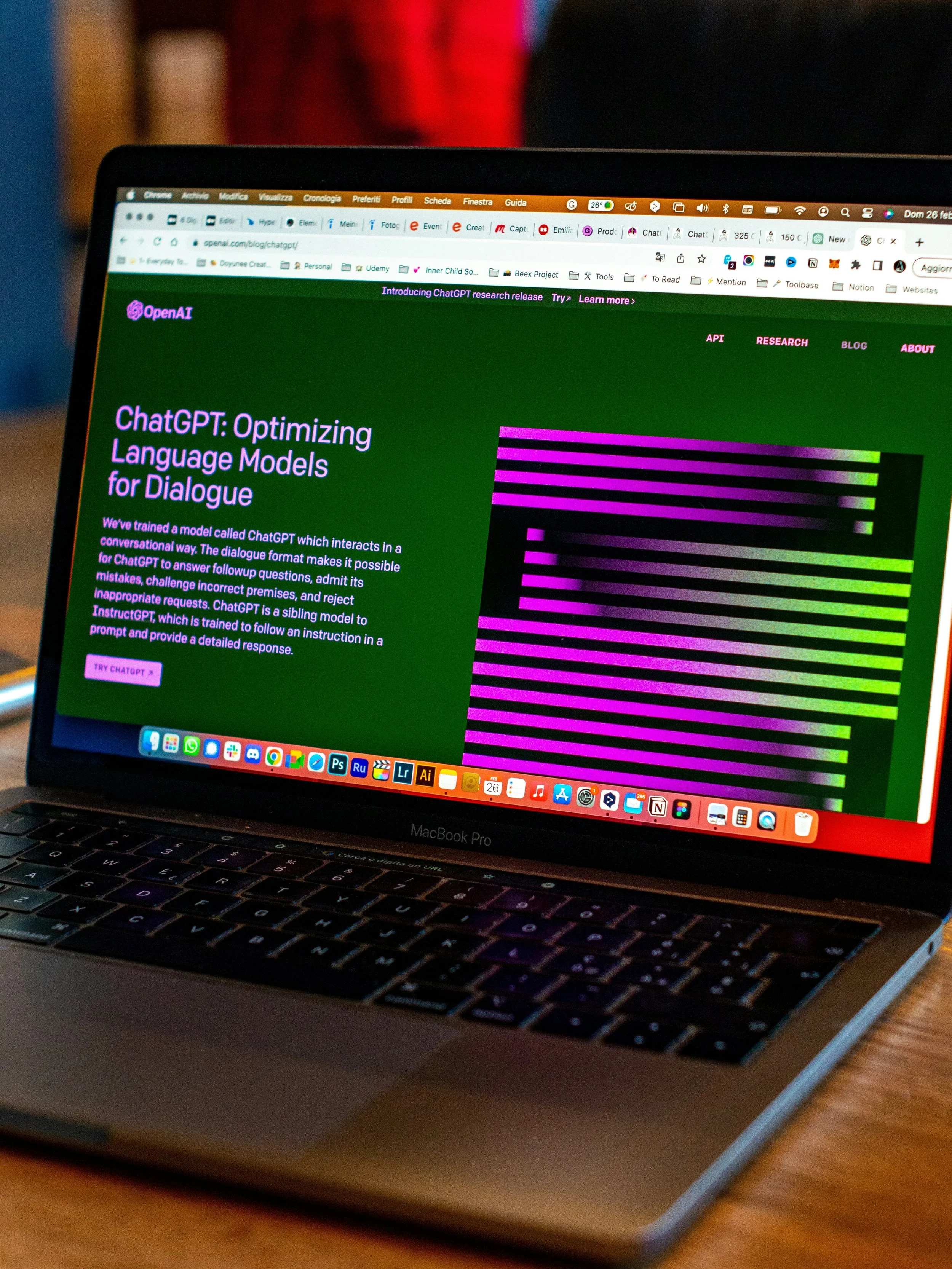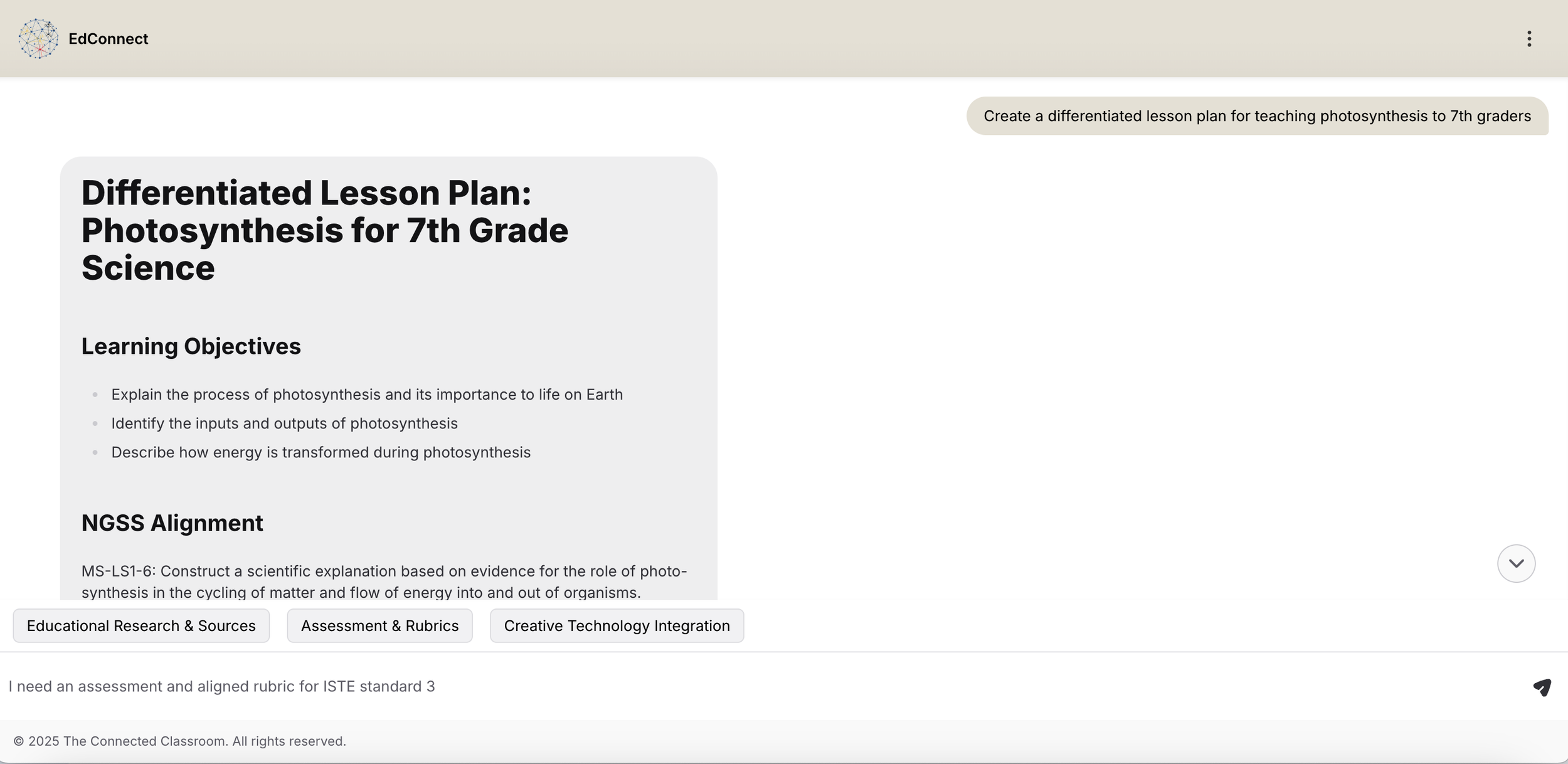
Perspectives on Learning
Insights from educators on technology, cognition, connection, and human-centered learning.
“The greatest protection against algorithmic thinking is strengthening our capacities for critical thinking, emotional intelligence, and creative expression. No machine, however sophisticated, can ever truly replicate human capacity.”
The Global Classroom: Connecting Student Stories Across Borders
My vision is that connecting student media creators with global audiences will deepen learning, build empathy across cultures, foster collaboration, and help students understand the real-world impact of their creative work. This personal perspective emphasizes how global engagement prepares students for future careers while showing them the power of their voices in creating meaningful change.
The Culture of Trying: Why Failure is the Foundation of Learning
Discover how fostering a culture of trying—and embracing failure—transforms learning in physics and chemistry. Learn practical strategies to build human connection, boost student motivation, and reframe mistakes as powerful tools for growth.
AI Can't Teach Embodied Experience
Four research-backed strategies for cultivating embodied empathy include: role-playing experiences that develop emotional literacy through physical simulation; literature analysis that builds moral imagination through character exploration; service learning that transforms empathy from concept to action; and sensory integration activities that ground emotional intelligence in bodily awareness.
Being Human in an AI-Driven World
Explore how humans maintain identity in an AI-driven world. This article examines the balance between technological advancement and human essence through the lens of agency, relational intelligence, and creative collaboration. Discover how AI literacy can enhance rather than diminish our unique human capabilities in education, creativity, and social contexts.
How Socratic Dialogue Can Restore Critical Thinking
Students increasingly delegate high-level thinking to AI while doing only basic tasks. This "inverted learning" weakens critical cognitive muscles. Teachers can reframe AI as a dialogue partner, not a thinker.
Pitfalls of AI-Generated Teaching Materials
Explore the double standard of AI in education: teachers using AI-generated materials while banning student use. Discover why IB programs need personalized, teacher-crafted resources over generic AI content for authentic learning.
Empty Echos: When AI "Experts" Won't Climb Their Own Wall
"Empty Echos" critiques AI discourse in education, where experts preach theory but avoid practice, just like a climbing instructor who never climbs. Spotting hollow AI-generated advice is easy: vague language, false balance, and no real-world examples. True innovation requires risk, transparency, and actionable steps, not just polished platitudes. Will you climb the wall or just talk about it?
How Algorithms Are Rewiring Our Brains
Algorithms amplify biases, erode critical thinking, and train us to think like AI. Studies show declining decision-making skills and increased laziness with overuse. Protect human cognition by practicing AI literacy and preserving creative, ethical reasoning.
Pandora's Box: Charting a Middle Path for AI in Education
Explore AI in education's dual role: addressing cheating anxiety and educational equity while unlocking personalized learning and accessibility advances. Learn AI literacy strategies like the Transparent Partnership Model to balance critical thinking with innovation. Ensure human connection thrives in classrooms shaped by AI tools.
Reclaiming Instructional Time and Prioritizing Authentic Learning
Educational technology often increases administrative burden rather than reducing it. This piece examines how schools can reclaim instructional time through streamlined technology ecosystems, human-centered design, and targeted professional development. The goal: redirecting teachers' time from documentation to creating authentic learning experiences that develop critical thinkers and problem-solvers.
The Power of Competency-Based Assessment
Explore how competency-based assessment is revolutionizing K-12 education by focusing on mastery rather than seat time. Discover research-backed benefits, implementation strategies, and solutions to common challenges.
The Student Growth Portfolio
A student growth portfolio redefines educational success by capturing a child’s evolving capabilities, dispositions, and potential across multiple dimensions. This approach applies investment principles to education, emphasizing long-term development, diversified learning pathways, and risk-taking within supportive environments.
Breaking Down Subject Barriers for Integrated Learning
Discover how the CrossLink platform helps educators seamlessly integrate concepts across traditionally separate disciplines, enhancing student engagement through relevant connections. Learn how CrossLink supports standards-aligned curriculum development while preparing students to tackle complex real-world challenges through integrated thinking.
Breaking the Jevons Paradox and Creating Time for What Matters
The article examines how educational technology often creates more work rather than reducing it (the Jevons Paradox), and presents Connected Classroom as an alternative approach that uses technology to create space for deeper learning and meaningful human connections rather than accelerating the educational treadmill.
Optimizing AI for Educational Excellence
While general AI tools offer convenience, specialized educational AI provides the precision, research foundation, and pedagogical expertise educators need. As Reich (2023) notes, "The most valuable AI tools for education will be those designed specifically to support evidence-based teaching and learning practices". EdConnect is this tool.
The REAL Connections Framework for Authentic Learning
The REAL Connections Framework transforms standards into authentic learning by linking classroom content to real-world applications. Through four components (Standards Mapping, Community Connections, Authentic Assessment, Application Pathways) and the APPLY process, educators create meaningful learning across all subjects and grades, answering "When will I ever use this?" with experiences that prepare students for life beyond tests.
Search Perspectives
Archive
We publish research-based insights, practical strategies, and critical reflections in education.
Explore topics like cognitive development, good teaching strategies, AI literacy, and student agency.
















